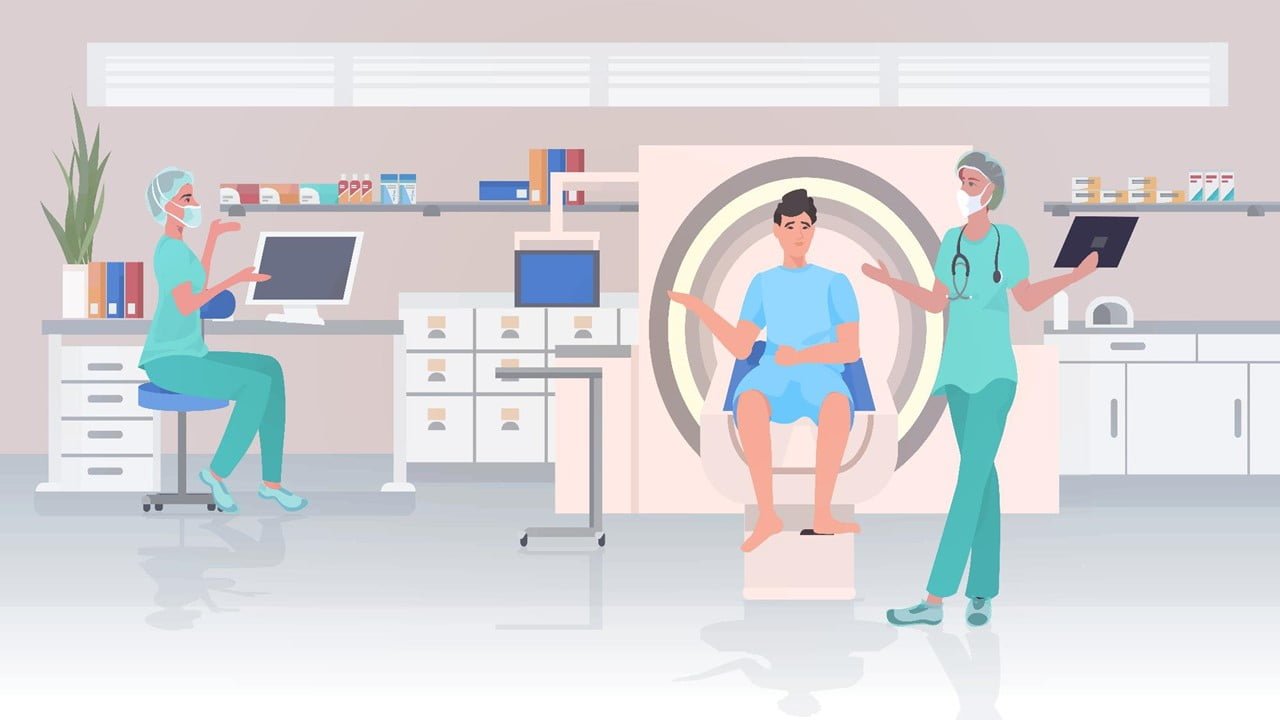
For decades, positron emission tomography (PET) has been a mainstay in brain imaging, offering unparalleled insights into brain function and metabolism. However, conventional PET is limited to imaging a single biomarker at a time, which can be restrictive in understanding the complex interplay of multiple biological processes in the brain. Now, a groundbreaking new PET [..]
Read More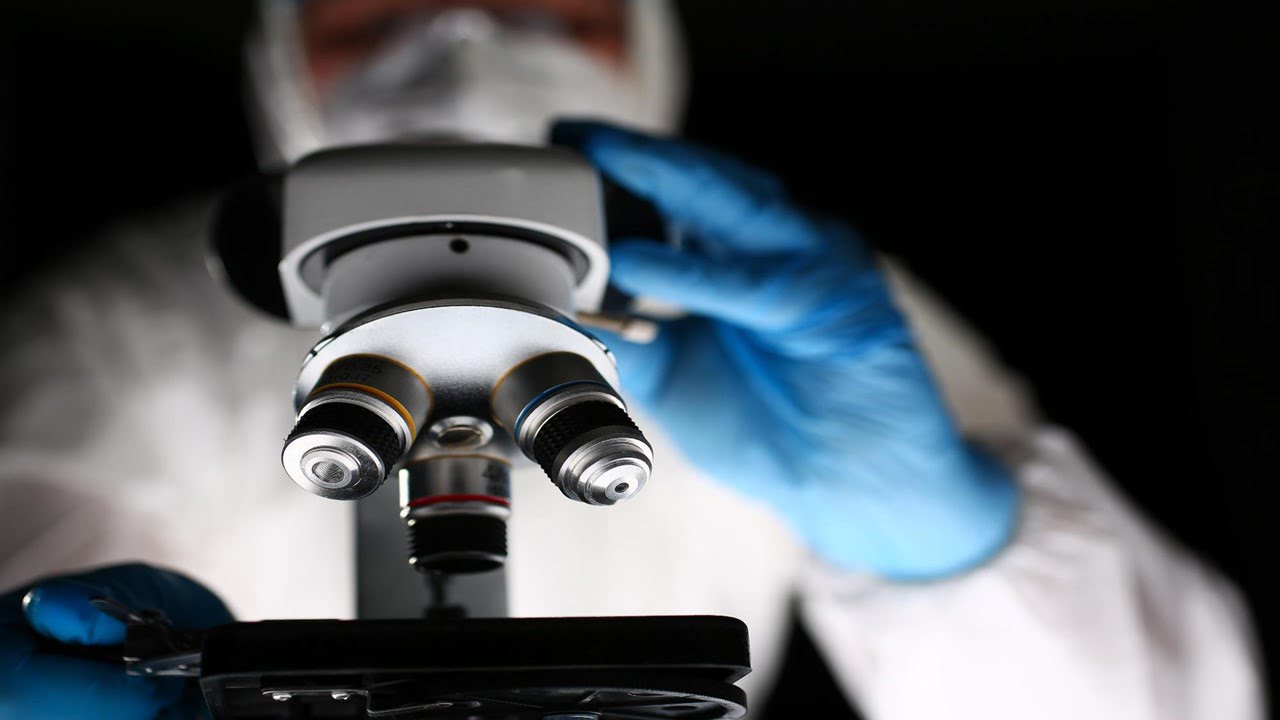
A groundbreaking microscopy technique called single-shot quantitative phase-fluorescence imaging (SQPFI) is poised to revolutionize how we study cells and biological samples. This innovative approach simultaneously captures the structural details and the distribution of fluorescently labeled molecules within a sample – all in a single snapshot. SQPFI leverages a unique grating and a color camera to [..]
Read More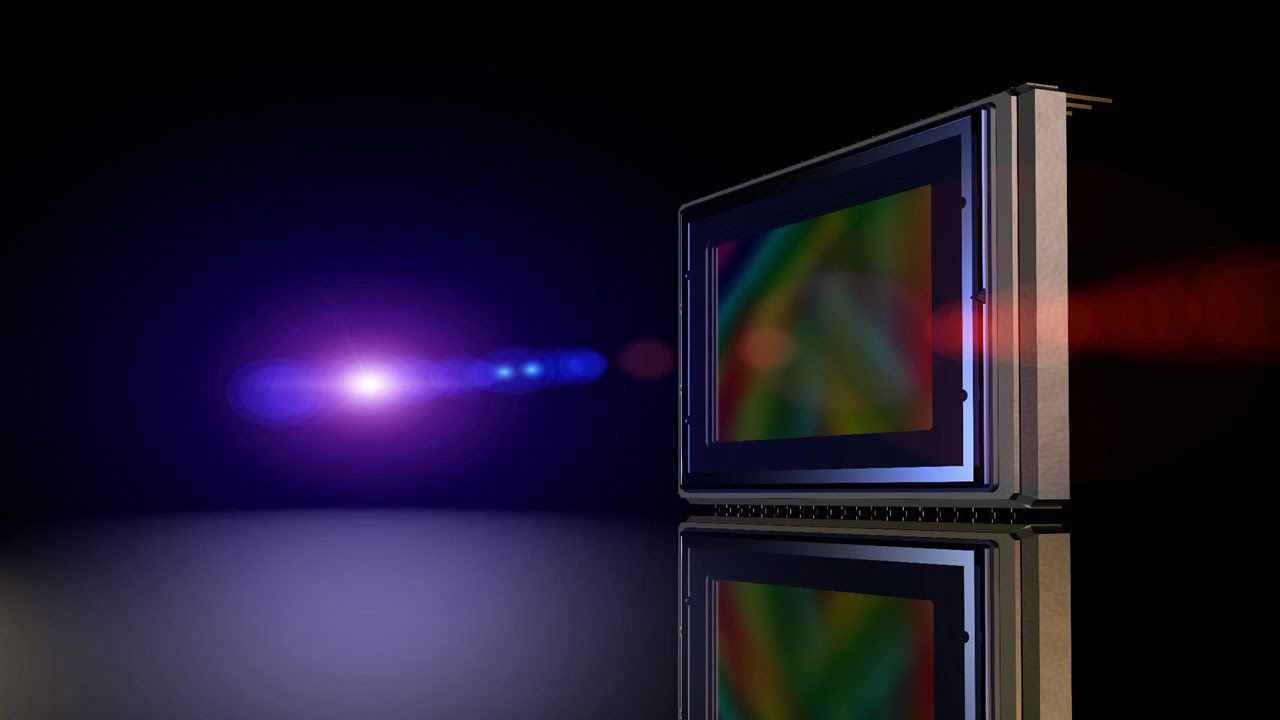
New research discusses the design of photonic crystal sensors using micro-ring resonators. The researchers propose a new algorithm to optimize the design of these sensors and find that it has a higher quality factor and sensitivity. This means that the sensor can detect smaller changes in the refractive index of the material it is measuring. [..]
Read More
Researchers have developed a new method for 3D printing glass using light instead of high temperatures. The new technique, which uses deep ultraviolet (DUV) light, is faster and more energy-efficient than traditional methods. The resulting glass microstructures are transparent and have a smooth surface, making them suitable for various applications in optics, microfluidics, and medical [..]
Read MoreIn the realm of space exploration, pinpointing faint and minuscule objects amidst the vast darkness poses a significant challenge for optoelectronic systems. A recent study details a novel approach called space-based target detection that enhances target detection efficacy for space-based systems. The proposed method hinges on two key components: star atlas preprocessing and space-based target [..]
Read More
Traditionally, infrared (IR) spectroscopy has been a powerful tool for studying proteins. However, its application to single proteins has been limited due to the diffraction limit, which restricts the spatial resolution to hundreds of nanometers. This is far larger than the size of a typical protein, making it difficult to isolate and analyze individual molecules. [..]
Read More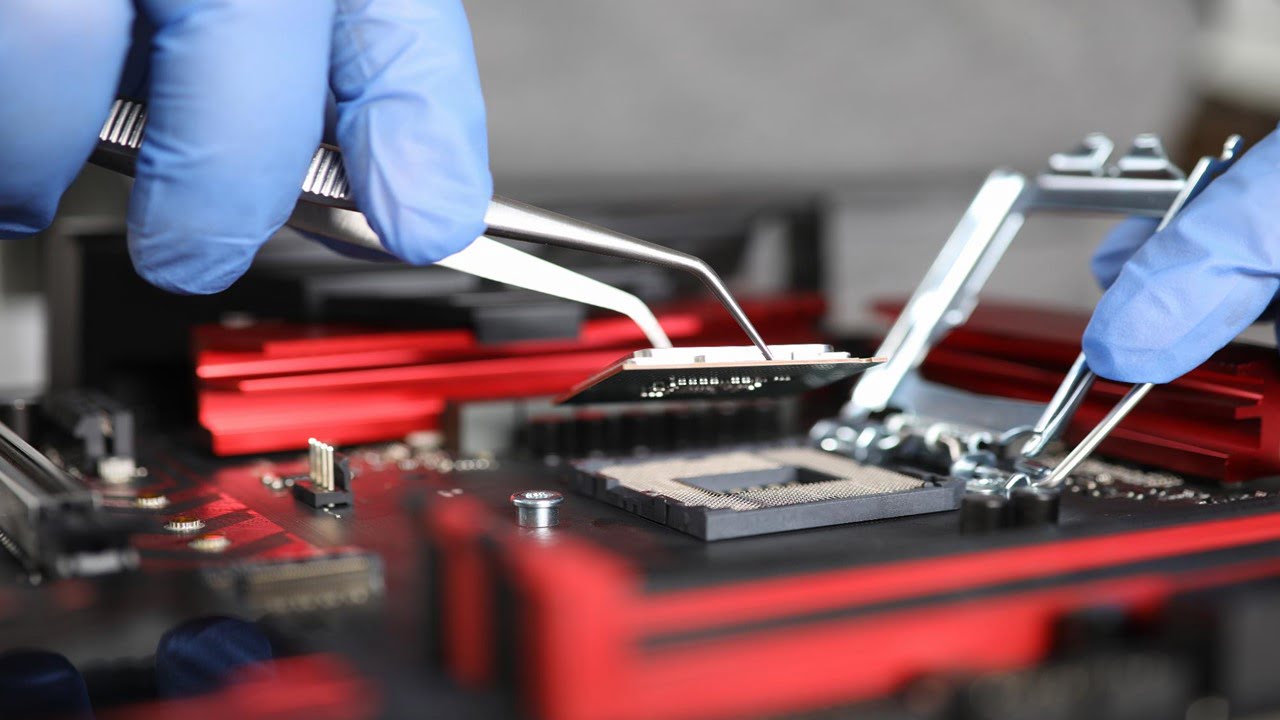
Scientists have made a significant breakthrough in developing broadband photodetectors by successfully doping molybdenum disulfide (MoS2) with vanadium (V). This innovative technique paves the way for next-generation optoelectronic devices with enhanced light sensitivity across a wider range of wavelengths. The ability to manipulate the properties of materials through doping is crucial in tailoring them for [..]
Read More
The quest for building robust and scalable quantum networks has taken a major leap forward with developing novel nanometric optomechanical cavities. These cutting-edge resonators, mere billionths of a meter in size, hold immense promise for revolutionizing quantum communication and computation. These cavities synergistically couple light and mechanical vibrations. This exquisite interplay enables the seamless transfer [..]
Read More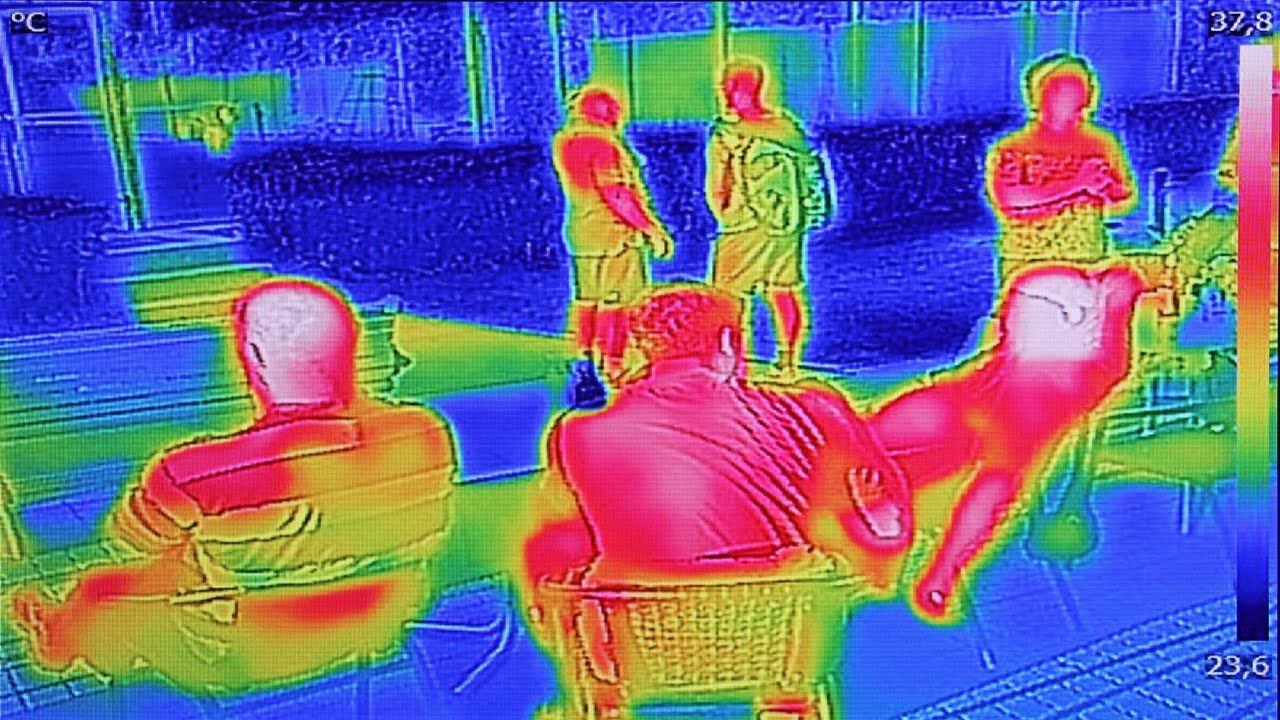
Forget about the heavy metals and toxic elements often found in traditional quantum dots. Researchers have made a groundbreaking discovery: a new type of quantum dot that’s not only safe but also compatible with CMOS technology, the workhorse of modern electronics. This opens up a dazzling array of possibilities for the future of photonics, from [..]
Read More
Researchers developed an optical sensor for monitoring concentration in liquid solutions, specifically in the Universal Waste Management System (UWMS), an International Space Station toilet. The optical concentration sensor is light-based and can be used in various sectors. Typical concentration sensors, such as the one employed in the UWMS at first, rely on changes in electrical [..]
Read More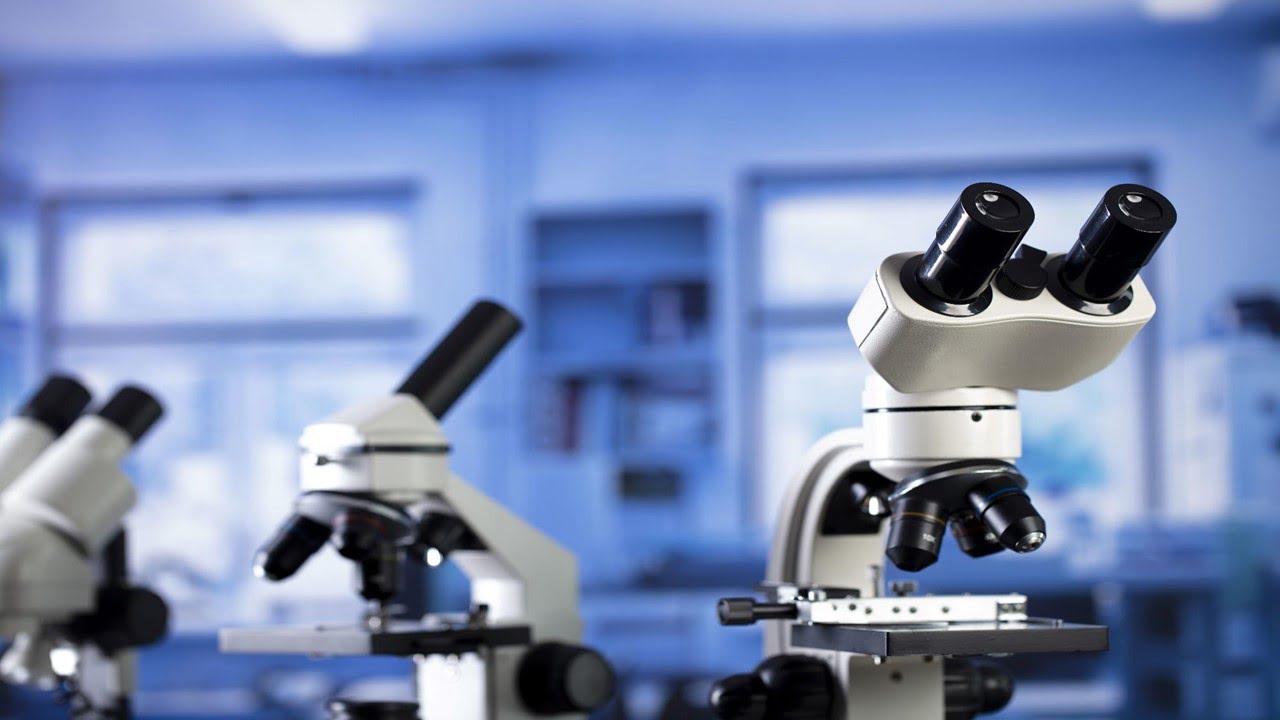
Artificial intelligence (AI) is transforming microscopy by enhancing image efficiency and data analysis. A prominent example is the smartLLSM microscope, which uses AI-based instrument control to switch between imaging modes and take high-resolution images of biological specimens. It enables the capture of uncommon or ephemeral biological phenomena at a rate that exceeds human capabilities. Cell [..]
Read More
Multi-probe imaging has been shown to accurately image small animal tissue up to several hundred micrometers in size, a technique that could be useful in medical research by allowing researchers to observe tissue microstructure and understand the localization and interaction of multiple molecules, such as cancer cell metastatic lesions. Researchers used a SPECT system with [..]
Read More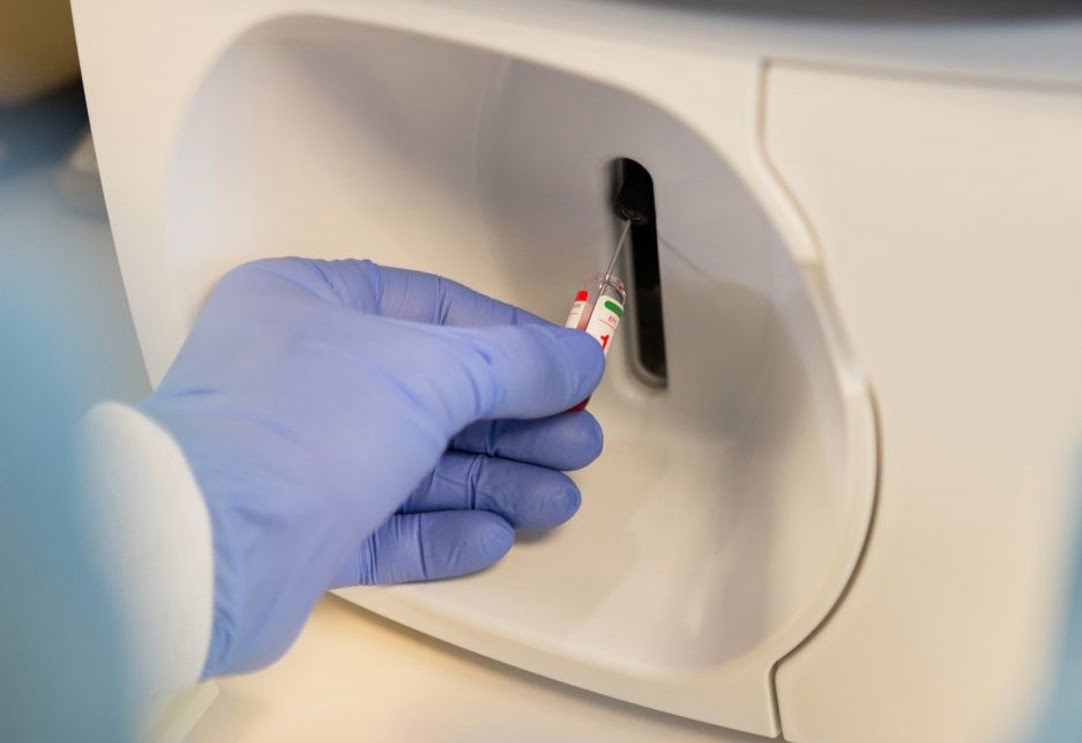
A team of scientists has developed a non-invasive handheld biosensor device for detecting biomarkers for Alzheimer’s and Parkinson’s diseases. The results of this biosensor can also be wirelessly transmitted to a laptop or smartphone. The device passed in vitro testing on patient samples, displaying accuracy similar to the most advanced current procedures. Next, this biosensor [..]
Read More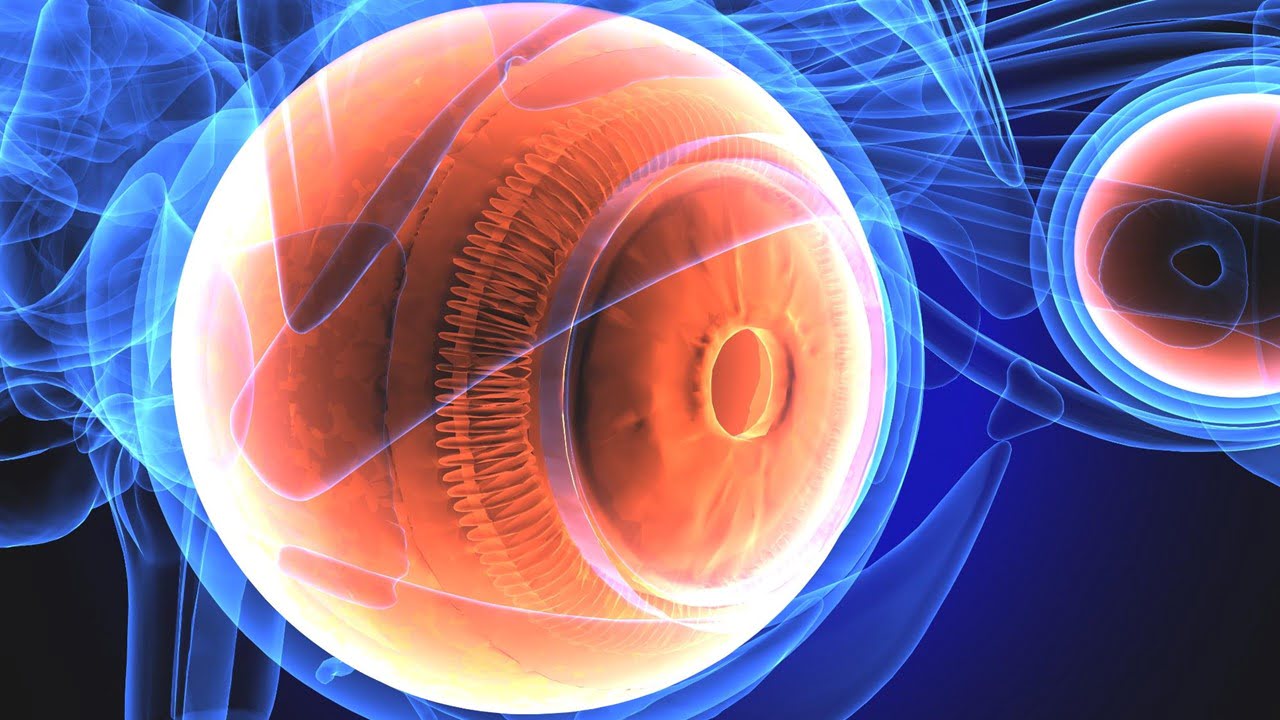
By improving digital eye care and eliminating clinical workflow bottlenecks, generative AI and large language models are changing ophthalmology. ChatGPT, a chatbot based on large language models (LLMs) and GPT-3.5 families, has been acclaimed for its capacity to hold human-like conversations and deliver complex answers to various issues. LLM technology has several medical applications, including [..]
Read More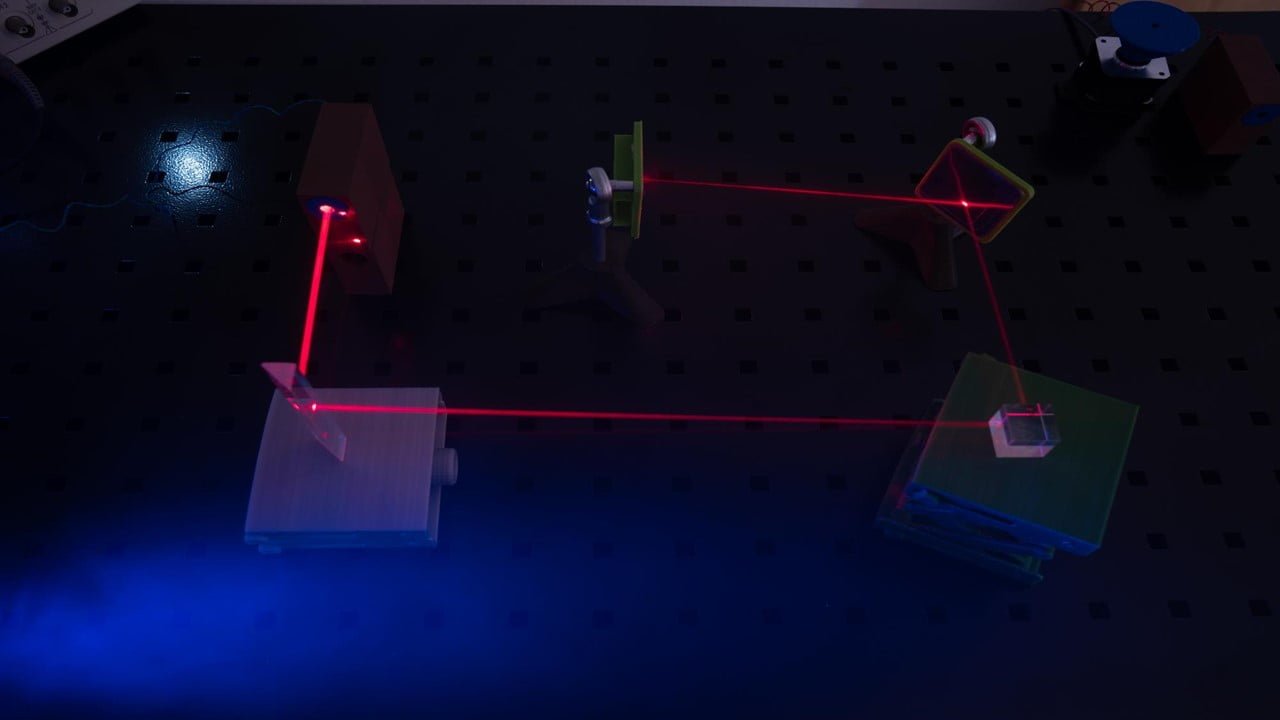
Researchers have developed a tiny mode-locked laser integrated into a nanophotonic platform capable of producing high-power, ultrafast light pulses. This accomplishment in miniaturizing MLL technology has the potential to increase photonics applications dramatically. Researchers set out to improve a technology that generally requires cumbersome bench-top equipment by shrinking a mode-locked laser (MLL) to the size [..]
Read More
Scientists have created a novel method for producing gold nanoparticles (NPs) in tellurite glasses, a type of glass with special qualities utilized in art and adornment for centuries. Gold NPs’ unusual light modulation characteristics have led to applications in various sectors, including colored glass and specific optical components. Tellurite glass is particularly significant for optical, [..]
Read More
Computer-generated holography (CGH) is a technology that uses computer algorithms to dynamically reconstruct virtual objects, with applications in various fields such as three-dimensional display, optical information storage and processing, entertainment, and encryption. However, current techniques often rely on projection devices like spatial light modulators (SLMs) and digital micromirror devices (DMDs), which have limited display capabilities. [..]
Read More
Because Helicobacter pylori infection is a considerable risk factor for stomach cancer, regular screening is essential. Endoscopic advancements have helped the removal of big neoplasms; however, finding faint epithelial neoplasms remains difficult. A study found that using LM-NBI (Narrow-Band Imaging At Low Magnification) for comprehensive stomach observation after routine white-light imaging (WLI) was effective, especially [..]
Read More
Touchless fingerprint biometrics is a revolutionary innovation that has transformed identity security and made biometric verification more inclusive and accessible. Traditionally, fingerprint scanning was limited to specialized, touch-based hardware, but this method posed challenges such as hygiene risks, bulky hardware requirements, and accessibility limitations. The recent shift to touchless fingerprint biometrics addresses these challenges by [..]
Read More
Augmented reality (AR) has become pervasive, blending virtual content with real-world scenes. Waveguide-based AR displays have emerged as a critical technology for wearable AR systems, enabling lightweight, slim form factors and high optical performance. Waveguide combiners, which function as light guides, fold the optical path and replicate luminosity from a small light source across an [..]
Read More